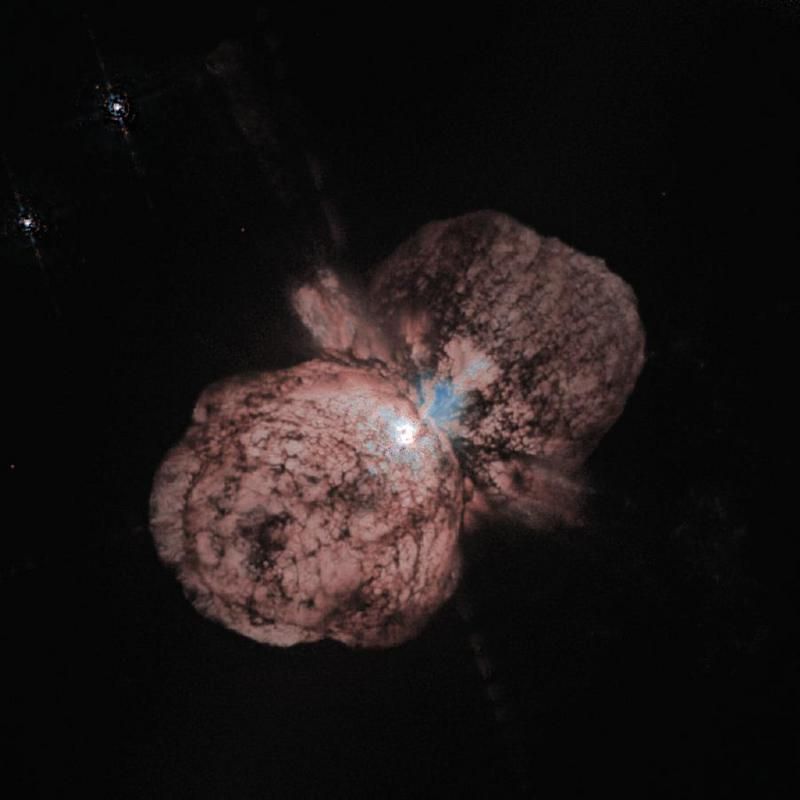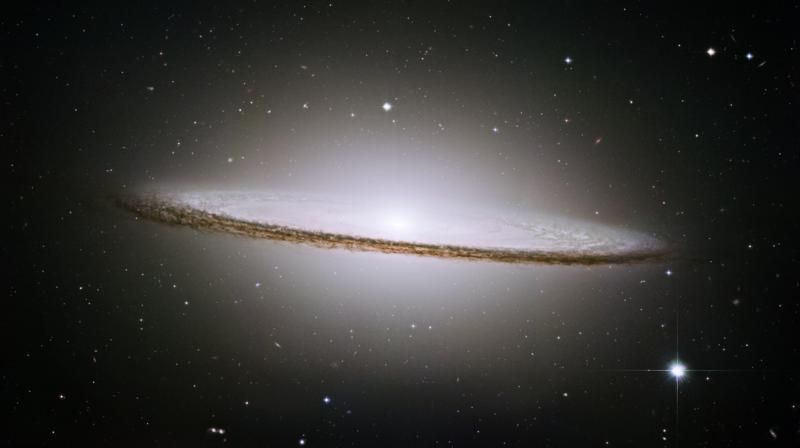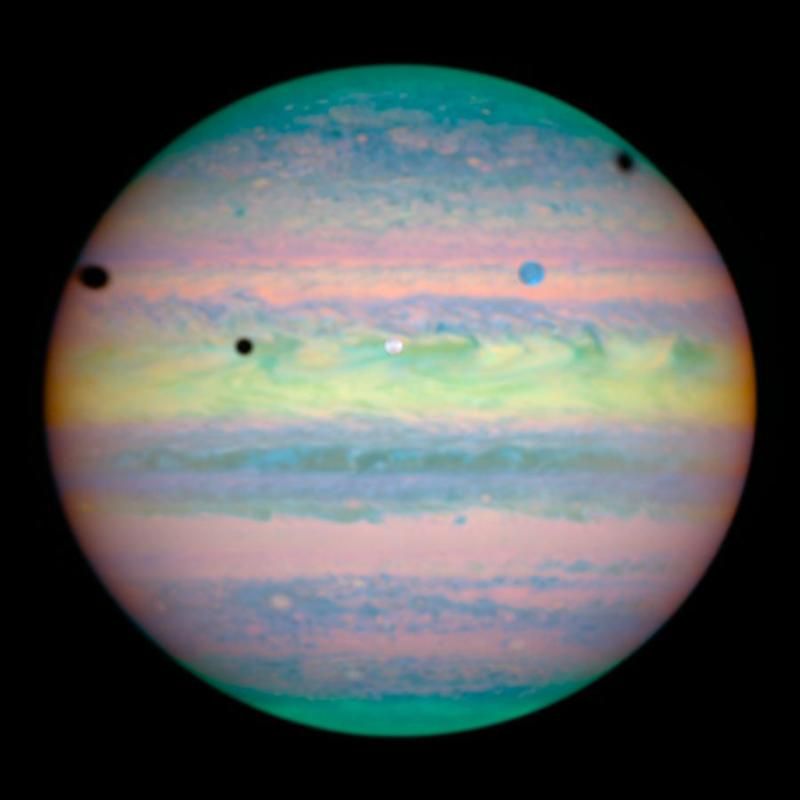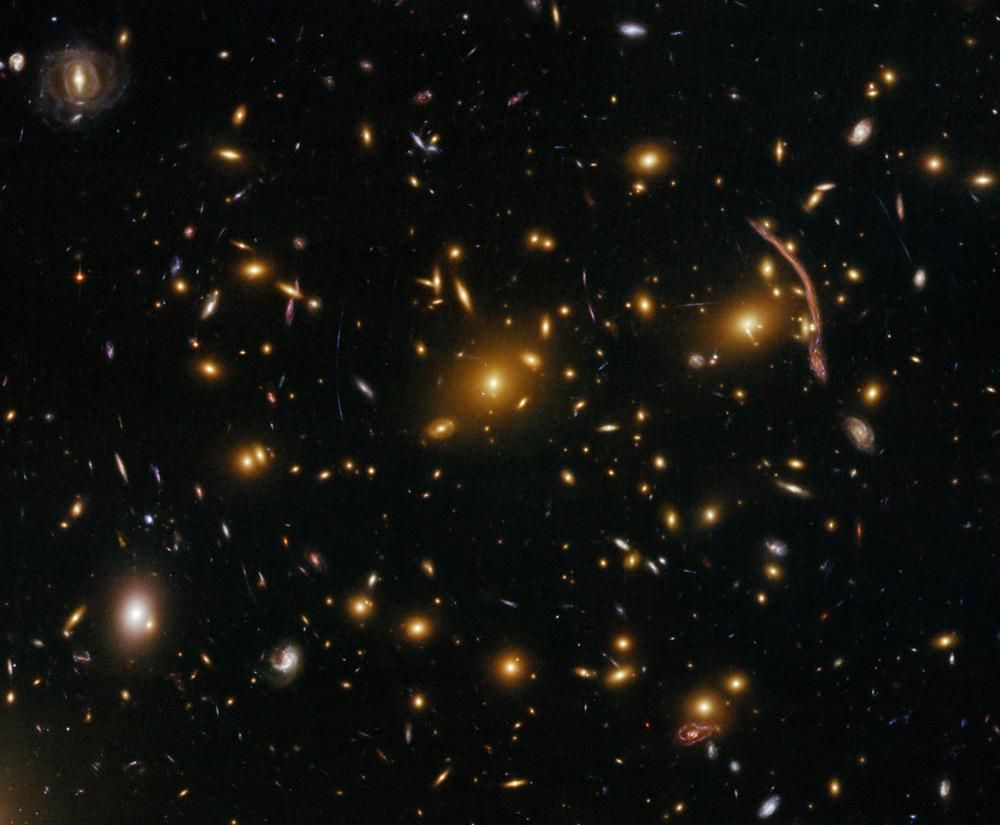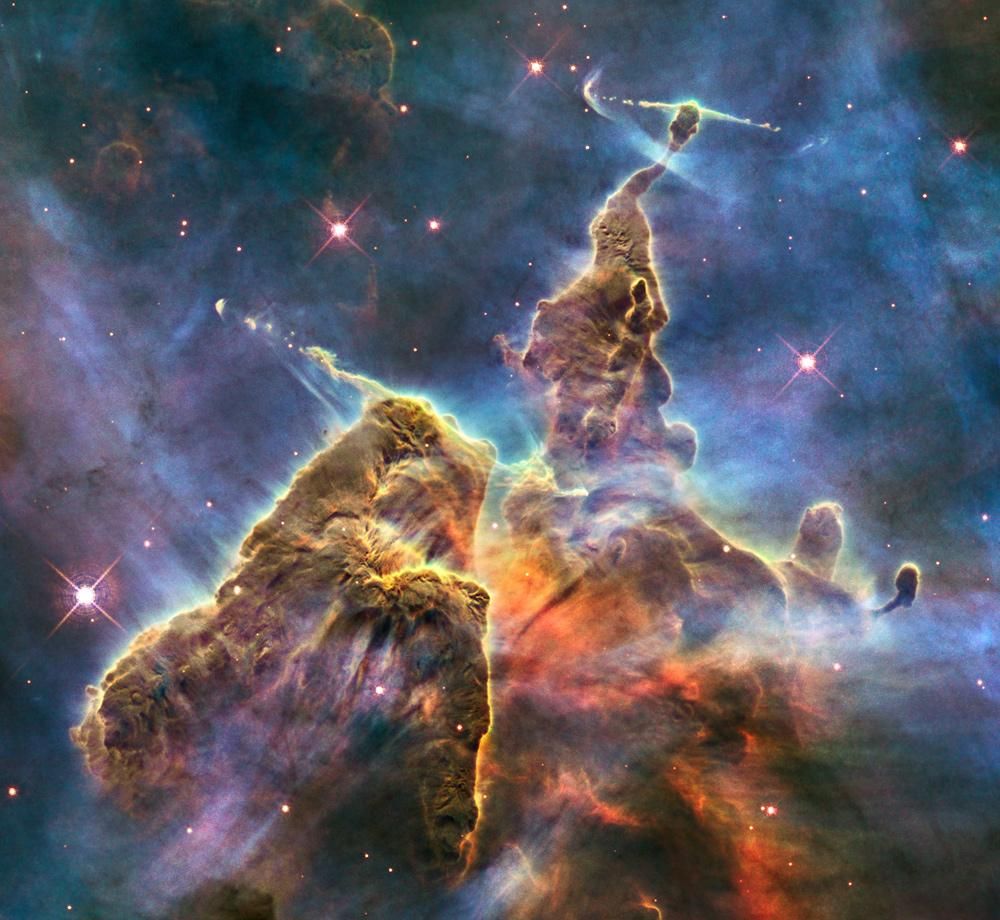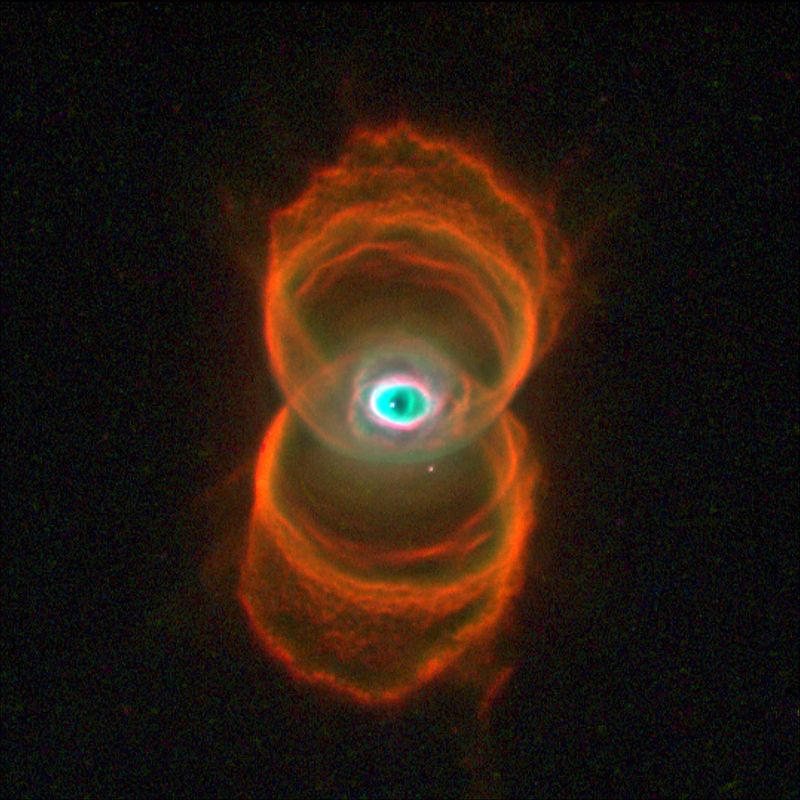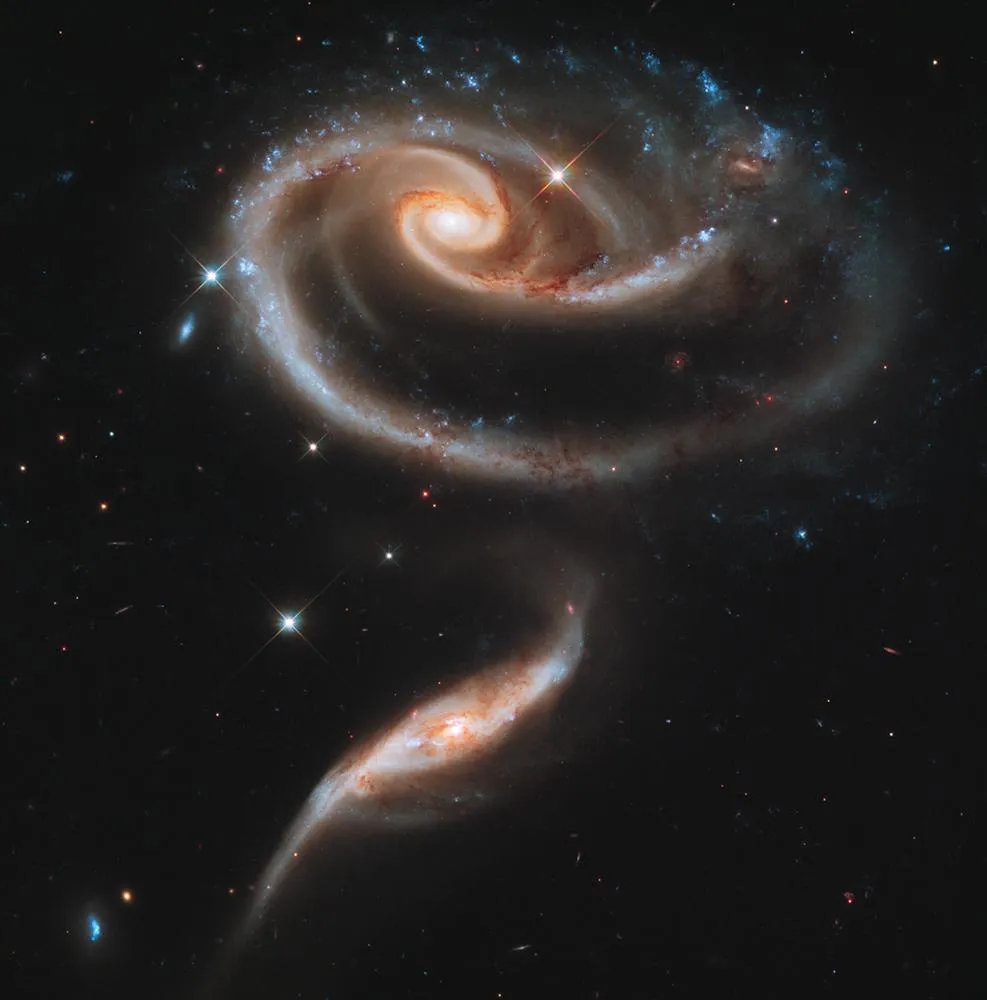Breathtaking Images to Celebrate the Hubble Space Telescope Getting Another Five Years of Life
These amazing views are just a selection of the beautiful images the craft has captured over the years
Since 1990, when the Hubble Space Telescope launched into Earth's orbit, the craft has captured some of the most beautiful and significant images of deep space objects ever seen. From billowing nebulas to distant galaxies, the Hubble has expanded scientists’ understanding of our universe while showing just how gorgeous the cosmos can be. Now, NASA has decided to extend the Hubble’s lifespan for an extra five years, giving the researchers working on the space telescope more time to continue their work while its successor is completed.
The Hubble has been circling the Earth for 26 years, but it was never meant to stick around this long. The space telescope was supposed to last for about 15 years, but thanks to several repair missions, it has lasted almost twice as long, Jenna Amatulli writes for the Huffington Post. Thanks to a $2.3 billion contract with the Association of Universities for Research in Astronomy, which operates the Hubble from the Space Telescope Science Institute in Baltimore, the Hubble will continue to work from July 1, 2016 through June 30, 2021.
“After the final space shuttle servicing mission to the telescope in 2009, Hubble is better than ever,” according to a NASA statement. “Hubble is expected to continue to provide valuable data into the 2020’s, securing its place in history as an outstanding general purpose observatory in areas ranging from our solar system to the distant universe.”
The Hubble's successor, the James Webb Space Telescope, has long been scheduled to head out into the starry skies in 2018. The James Webb Telescope will peer much deeper into space than the Hubble to study the beginnings of our universe. For one, it observes the cosmos in infrared light, which is much more sensitive than the visual and ultraviolet sight of the Hubble, Matthew Reynolds reports for Wired UK. James Webb is also equipped with a much larger mirror, greatly increasing its light-gathering power. To top it off, while the Hubble orbits just 354 miles away from Earth, the James Webb will explore much deeper into space, venturing over 900,000 miles away.
The James Webb Space Telescope is still two years away from being launched into orbit. Until then, the Hubble will continue to give astronomers a glimpse at the wonders of the universe. In honor of its decades of service, the slideshow above are a few examples of the coolest things the Hubble has discovered during its 3-billion-mile trip around the Earth.
